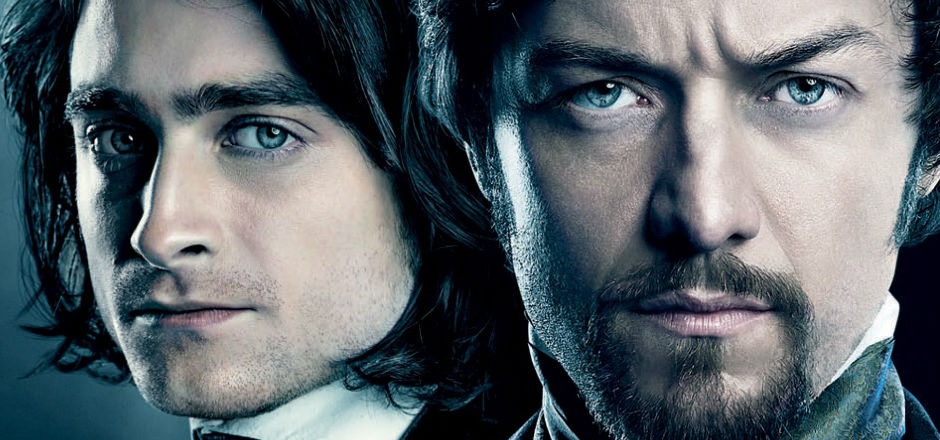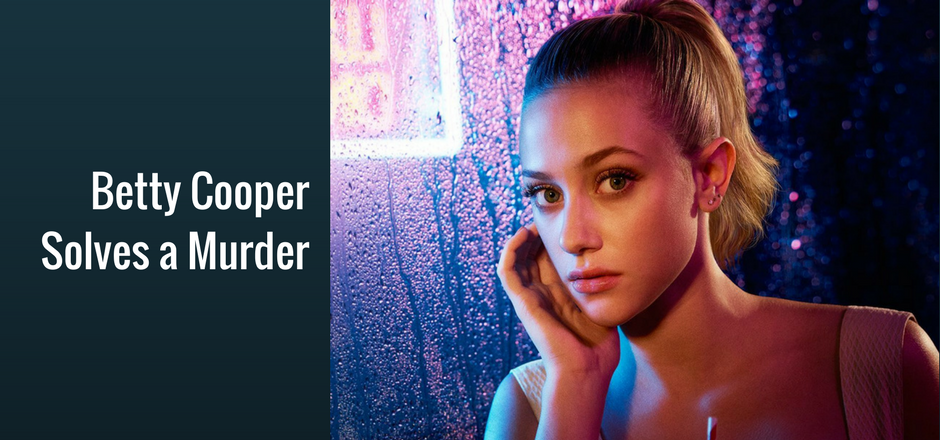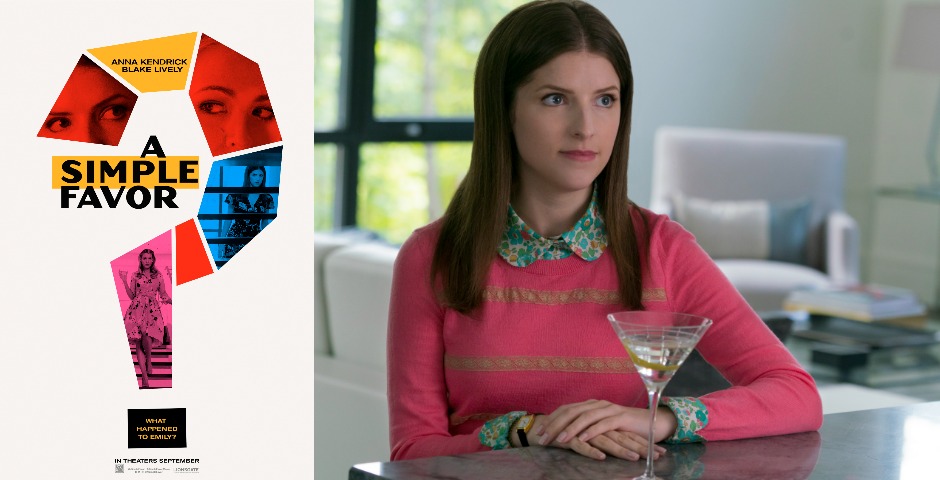“Cartoons for girls don’t have to be a puddle of smooshy, cutesy-wootsy, goody-two-shoeness. Girls like stories with real conflict; girls are smart enough to understand complex plots; girls aren’t as easily frightened as everyone seems to think.” – Lauren Faust
When I was a little girl, I did have a few My Little Pony toys, but I never watched the show at that age. I think I did tune in once in a blue moon, but I never got hooked to it. It was probably because I found the show boring or because I didn’t connect with the characters.
Fast forward to my sophomore year in college, and I’m hanging out with three friends. While I was doing my own thing on my laptop, my two friends were showing an episode of My Little Pony: Friendship Is Magic, the fourth generation of the MLP series created by Lauren Faust, to the third friend. Since my laptop was dying – and because I was slightly curious – I watched an episode with my friends. A few minutes in, I was actually hooked: the story was interesting and I found the jokes funny. Not only that, it didn’t take long for me to connect and identify with one of the Mane Six – a sweet yet shy Pegasus named Fluttershy.
 This is not the first time that Lauren Faust has been part of hit children’s programming. She found a home in Cartoon Network’s series The Powerpuff Girls (2001-2004), created by Faust’s then-future husband, Craig McCracken, where Faust served as the show’s storyboard artist, writer and director of several episodes as well as its supervising director.
This is not the first time that Lauren Faust has been part of hit children’s programming. She found a home in Cartoon Network’s series The Powerpuff Girls (2001-2004), created by Faust’s then-future husband, Craig McCracken, where Faust served as the show’s storyboard artist, writer and director of several episodes as well as its supervising director.
Later, between 2004 and 2009, she included developer, supervising producer, story supervisor, storyboard artist, character designer, animation director, and story editor to her list of credentials for the hit show Foster’s Home For Imaginary Friends, which was also created by McCracken. The Emmys took notice and she received an Emmy in 2008 for her work on the show.
With success, struggles come along as well. An example of this is that she was one of the animators for the film Quest For Camelot (1998). Although the film features a female protagonist, Kayley, sadly the character was not the best representation of a female character in an animated feature. Later Faust would have regrets being connected to the project due to the poorly-done character. Needless to say, the film did not do well in the box office.
Based on results like this and other media that would be geared toward young girls, many executives told Faust statements along the lines of “little girls don’t like to watch cartoons” or “cartoons geared towards girls don’t sell” if she pitched a story idea that featured a mostly female cast or would be geared towards little girls.
Thankfully, her achievements prove these cases to be wrong. Not only are little girls watching her shows – especially MLP – a new demographic of viewers for the Mane Six popped up unexpectedly. Over the course of the show’s broadcast, it gained a growing male audience, particularly those in their teens and adulthood. This demographic, called bronies, has received support from Faust herself, stating she was proud to see that male fans gave the show a chance and are embracing it.
The two friends that I mentioned earlier that was showing my other friend an episode were guys – they are in the same grade as me and not only do they watch the show, they have favorite ponies and MLP merchandise.
Perhaps the main reason that the show has garnered a large older demographic, both men and women alike, is because of the characters and storytelling. MLP gives the audience a cast of characters that are distinct from each other with personal wants and goals along with messages that even adults can take to heart.
Although Faust is no longer part of the MLP series, viewers can still feel her presence in the latest season of the show. With new projects coming up, such as Wander Over Yonder, also created by McCracken, Lauren Faust will continue to challenge expectations regarding children’s programming.






It’s awful that programming (and children’s books, as I talk about on my blog) is based on so many stereotypes about what girls like versus what boys like. My daughters like lots of supposedly “boys” activities, and there is no reason boys shouldn’t like programs associated with girls, except for the fact that our society tells them that they shouldn’t like it.
MLP is great! when my daughter first heard of it and wanted to check it out, I cringed, thinking of the MLP of the 1980s. But once we started watching I fell in love with it as much as she did, even my hubbs loves it!! I just wish the channel would do a better job of showing it consistently… BTW Wander over Yonder is also a fave!!